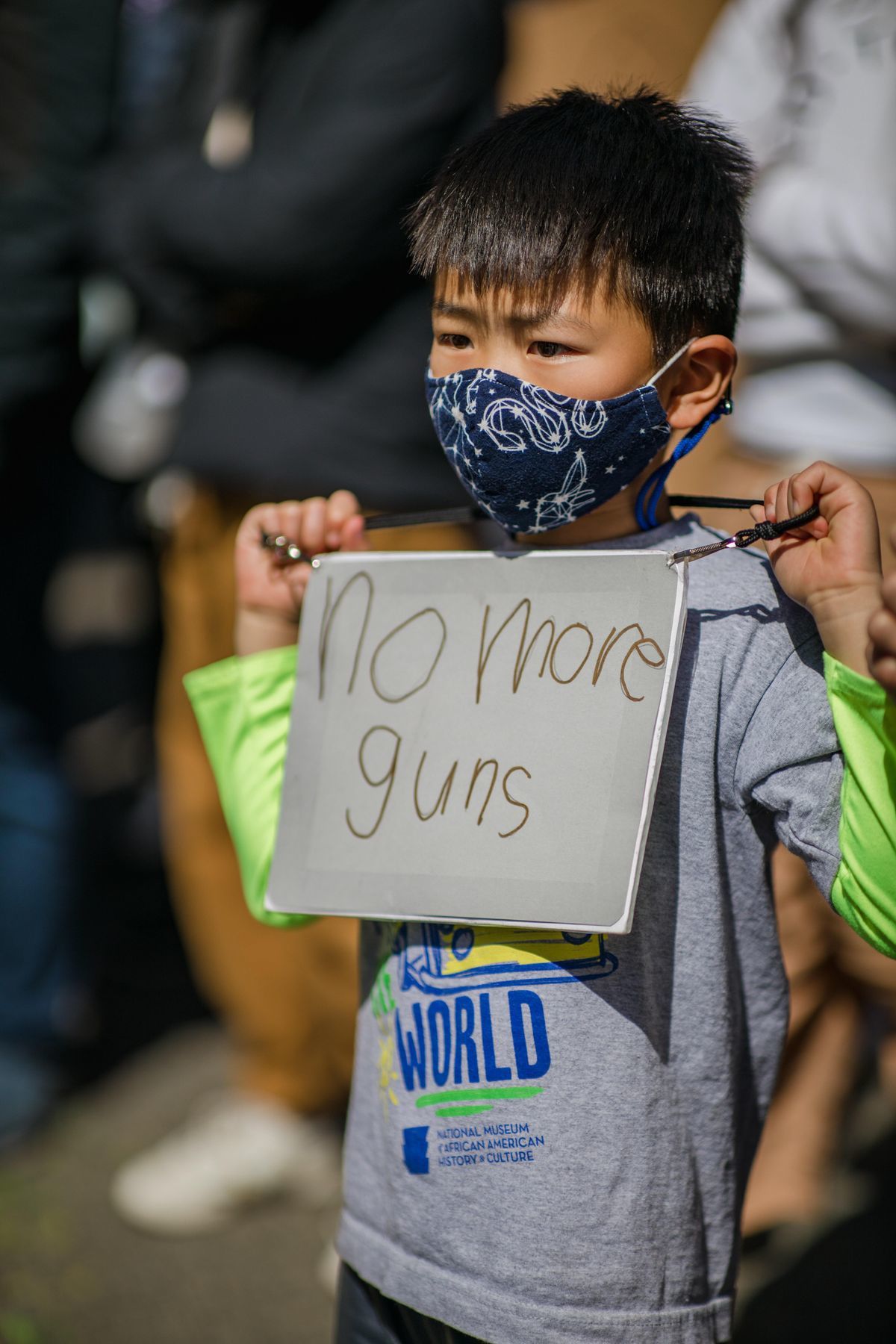9. Protect a safe place for kids.
In Mindfulness, we often say we're "holding a space."
We "hold a space" for others by making physical and verbal room for them. Stepping back so that those who are shy have an opportunity to step up. A constant willingness to welcome others, no matter how different they are.
We "hold a space" for ourselves by knowing and understanding our bodies, and grounding ourselves in the present sensory experience. Setting aside protected time, money, and maybe even a physical space, for self-care and meeting our own needs.
We need to "hold a space" for kids, because it's harder for them to do these things on their own. This means talking to kids less and listening to kids more. Allowing the occasional but drastic change of subject. Cultivating curiosity about a kid's train of thought. Asking questions when you don't understand their words or thinking. Listening with your whole body, mirroring the child's body language, being open to their perspective, and making eye contact.
Adults should give kids as many opportunities as possible to create, publish, and speak out in their own words. One of our jobs is to help them discover that they have a voice, that it is powerful, and how to use it. They can only learn about their voices through practice.
It's not just about fostering kids' voices. Provide physically safe places, places that feel safe. Use the five senses for this. A weighted blanket can become a kid's safe place, as can a corner of a room where you can see them and promise not to disturb them. A certain scent, song, or taste can communicate safety.
You can even create an imaginary safe place in your relationship; you could call it "the vault" or "the bank" or "the locker," or whatever the two of you decide. Describe this imaginary place in detail & brainstorm with the kid about exactly how you enter & exit the safe place. Decide on the rules of the imaginary safe space, maybe something like "If you tell me in the vault, it stays in the vault." Then you can go back to your personalized safe space during a conversation, whenever you need to, recalling as many sensory details as possible about the imaginary place.











